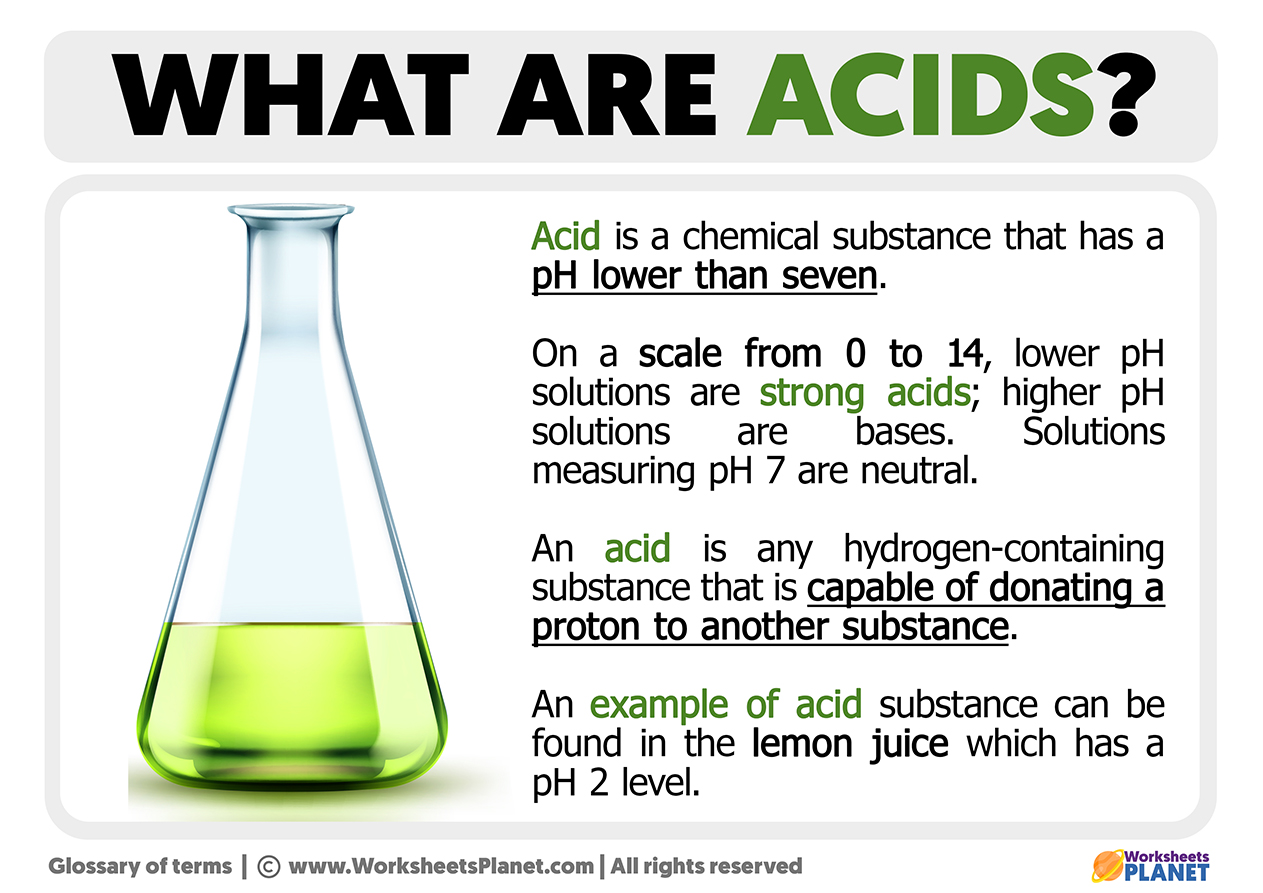
The operation of a car battery is a remarkable interplay of chemistry and engineering. Central to this intricate design is sulfuric acid, a compound that plays a pivotal role in automotive power sources. Understanding the function of sulfuric acid in a car battery encapsulates both its chemical properties and its historical significance in battery technology.
To grasp the importance of sulfuric acid in automotive batteries, one must first comprehend the basic architecture of lead-acid batteries, which are the most prevalent type in vehicles. A lead-acid battery consists of lead dioxide (PbO₂) and spongy lead (Pb) plates, immersed in a sulfuric acid (H₂SO₄) electrolyte solution. This amalgamation is where the magic happens – the chemical reactions that facilitate the conversion of chemical energy into electrical energy are fundamentally reliant on sulfuric acid’s unique properties.
When a car battery discharges, lead and lead dioxide react with the sulfuric acid, generating lead sulfate (PbSO₄) and water (H₂O) while releasing electrons. This movement of electrons is what ultimately powers the vehicle’s electrical systems and starts the engine. Conversely, when the battery charges, the process is reversed, and lead sulfate is converted back to lead, lead dioxide, and sulfuric acid. This cyclical reaction is astonishingly efficient, providing a reliable mechanism for energy storage and release over many cycles.
The choice of sulfuric acid as the electrolyte is not arbitrary; it is critical to the battery’s performance. Sulfuric acid’s high ionic conductivity is essential for facilitating the flow of electricity during both discharge and charge cycles. Furthermore, the acid can sustain a wide range of temperatures, ensuring operational viability in varying environmental conditions, which is crucial given the diverse climates in which vehicles operate.
Beyond its functional role, sulfuric acid also imbues the battery with certain characteristics that are strikingly advantageous. For instance, the density of sulfuric acid can be easily modified by varying the concentration of the solution. This property allows for the determination of the state of charge of the battery through specific gravity measurements. A higher concentration of sulfuric acid corresponds to a fully charged battery, whereas a diluted solution indicates a depleted state. Such measurable indicators are indispensable for ensuring optimal battery management.
Moreover, the chemical stability that sulfuric acid possesses under operational conditions is vital. Thermal stability under typical working temperatures implies a reduced risk of pressure buildup, thereby preventing the potential for catastrophic failures. Nonetheless, this stability also comes with a prerequisite: the necessity for proper maintenance. Sulfuric acid is highly corrosive, and batteries require careful handling and regular checks to maintain their integrity and safety. Therefore, the education of users regarding the inherent dangers associated with sulfuric acid is paramount.
One fascinating aspect of sulfuric acid’s role in automotive batteries is its historical evolution. The lead-acid battery was developed in the 19th century by Gaston Planté, and the inception of sulfuric acid as an electrolyte was revolutionary. Prior technologies utilized various other solutions, but none proved as efficient or durable as sulfuric acid. Today, despite the advent of newer battery technologies such as lithium-ion, lead-acid batteries, and sulfuric acid remain a beloved mainstay in the automotive industry due to their affordability, robustness, and reliability.
The versatility of lead-acid batteries extends beyond automobiles; they are employed in various applications ranging from uninterruptible power supplies (UPS) to renewable energy systems. This widespread use places sulfuric acid at the forefront of numerous technological advancements across different fields. Its role, therefore, transcends mere battery operation and delves into broader implications for energy storage solutions as societies increasingly lean towards sustainable practices.
Furthermore, sulfuric acid’s contribution to energy efficiency cannot be understated. The rechargeable nature of lead-acid batteries ensures that they can be utilized multiple times, thereby reducing waste. This aspect is critical in an age where sustainability is becoming increasingly indispensable. The combination of sulfuric acid in lead-acid batteries accentuates this pursuit by allowing for rapid energy discharge and recharge, a highly desirable characteristic for modern energy needs.
In conclusion, the fascination surrounding sulfuric acid and its role in car batteries lies not only in its functional application but also in its historical significance, synergy with technological advancements, and contributions to sustainability. Understanding sulfuric acid provides profound insights into the world of automotive technology, elucidating why it remains a staple in energy storage solutions. As we traverse an era marked by rapid technological progress, the enduring legacy of sulfuric acid in lead-acid batteries serves as a reminder of the delicate balance between innovation, safety, and environmental responsibility.
